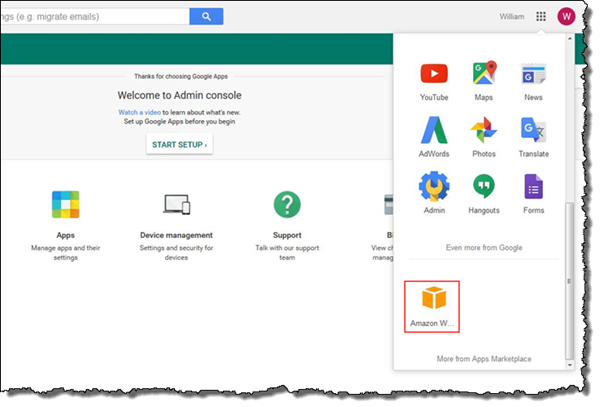AWS Security Blog
Category: Identity
How to Audit Cross-Account Roles Using AWS CloudTrail and Amazon CloudWatch Events
You can use AWS Identity and Access Management (IAM) roles to grant access to resources in your AWS account, another AWS account you own, or a third-party account. For example, you may have an AWS account used for production resources and a separate AWS account for development resources. Throughout this post, I will refer to […]
New AWS Compute Blog Post: Help Secure Container-Enabled Applications with IAM Roles for ECS Tasks
Amazon EC2 Container Service (ECS) now allows you to specify an IAM role that can be used by the containers in an ECS task, as a new AWS Compute Blog post explains. When an application makes use of the AWS SDK or CLI to make requests to the AWS API, it must sign each request with valid AWS access […]
Register for and Attend This July 29 Webinar—Best Practices for Managing Security Operations in AWS
Update: This webinar is now available as an on-demand video and slide deck. As part of the AWS Webinar Series, AWS will present Best Practices for Managing Security Operations in AWS on Friday, July 29. This webinar will start at 10:30 A.M. and end at 11:30 A.M. Pacific Time. AWS Security Solutions Architect Henrik Johansson will show you […]
How to restrict Amazon S3 bucket access to a specific IAM role
April 2, 2021: In the section “Granting cross-account bucket access to a specific IAM role,” we’ve updated the second policy to fix an error. I am a cloud support engineer here at AWS, and customers often ask me how they can limit Amazon S3 bucket access to a specific AWS Identity and Access Management (IAM) […]
How to Use SAML to Automatically Direct Federated Users to a Specific AWS Management Console Page
Identity federation enables your enterprise users (such as Active Directory users) to access the AWS Management Console via single sign-on (SSO) by using their existing credentials. In Security Assertion Markup Language (SAML) 2.0, RelayState is an optional parameter that identifies a specified destination URL your users will access after signing in with SSO. When using […]
How to Set Up Federated Single Sign-On to AWS Using Google Apps
March 10, 2020: This blog post is out of date. Please refer to this post for updated info: How to set up federated single sign-on to AWS using Google Workspace The AWS Security Blog has covered a variety of solutions for federating single sign-on (SSO) to the AWS Management Console. For example, How to Connect […]
How to Easily Identify Your Federated Users by Using AWS CloudTrail
Starting today, you can use AWS CloudTrail to track the activity of your federated users (web identity federation and Security Assertion Markup Language [SAML]). For example, you can now use CloudTrail to identify a SAML federated user who terminated an Amazon EC2 instance in your AWS account, or to identify a mobile application user who […]
How to Set Up Uninterrupted, Federated User Access to AWS Using AD FS
Microsoft Active Directory Federation Services (AD FS) is a common identity provider that many AWS customers use to give federated users access to the AWS Management Console. AD FS uses multiple certificates to ensure secure communication between servers and to act as authentication mechanisms. One such mechanism is called the token-signing certificate. When the token-signing certificate expires, […]
How to Set Up SSO to the AWS Management Console for Multiple Accounts by Using AD FS and SAML 2.0
AWS supports Security Assertion Markup Language (SAML) 2.0, an open standard for identity federation used by many identity providers (IdPs). SAML enables federated single sign-on (SSO), which enables your users to sign in to the AWS Management Console or to make programmatic calls to AWS APIs by using assertions from a SAML-compliant IdP. Many of […]








